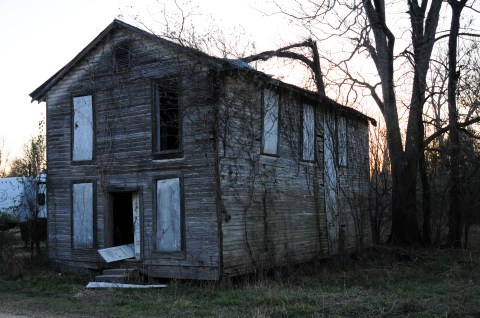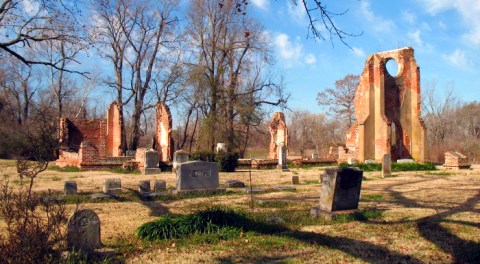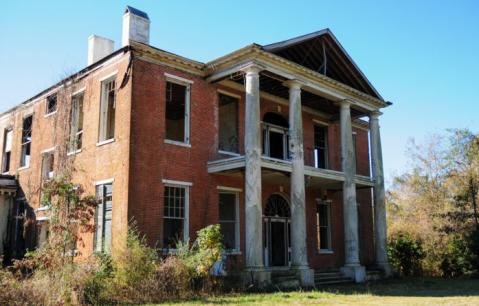Visit These 8 Creepy Ghost Towns In Mississippi At Your Own Risk
When we hear the term “ghost town” we often think of books and movies but as it turns out they are more real than you might think. The state actually has several of these eerie ghost towns in Mississippi just waiting to be explored. So, if you don’t get creeped out too easily, check out the list below.
1. Bankston

2. Rodney

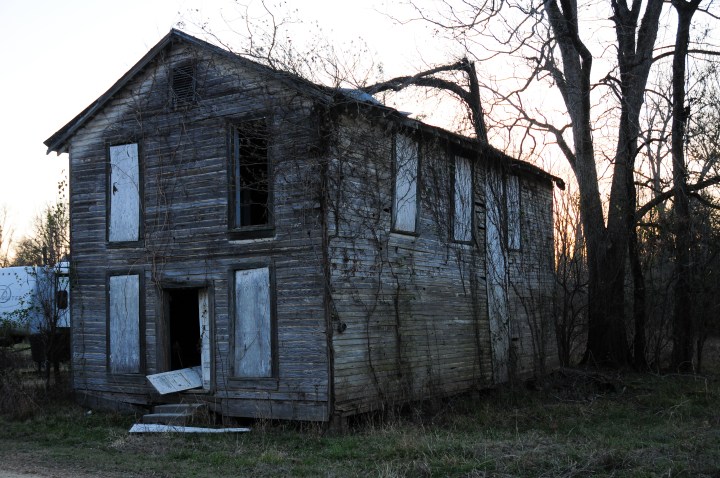
3. Plymouth
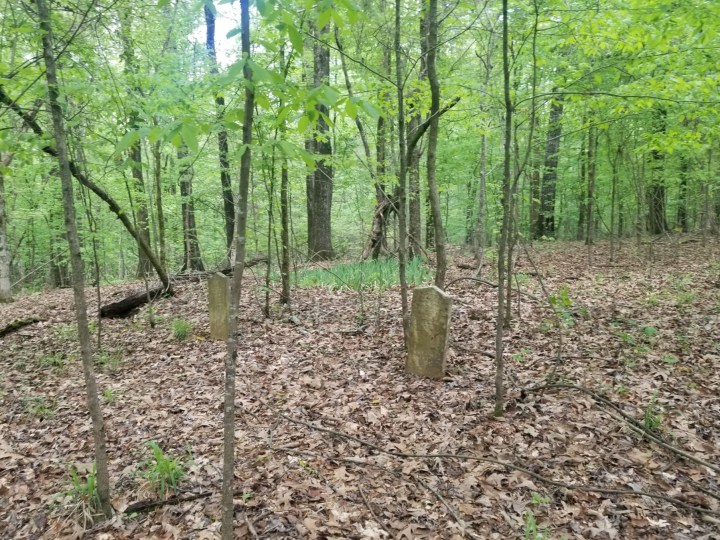
4. Electric Mills
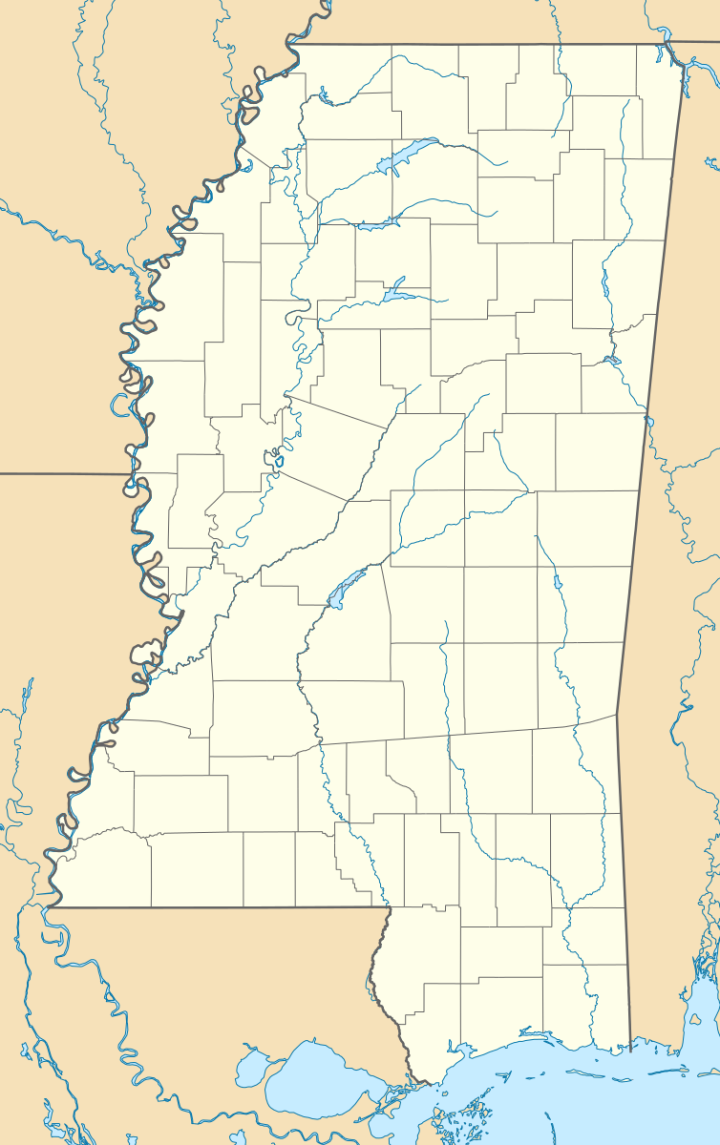
5. Americus

6. Brewton (a.k.a Brewer's Bluff)
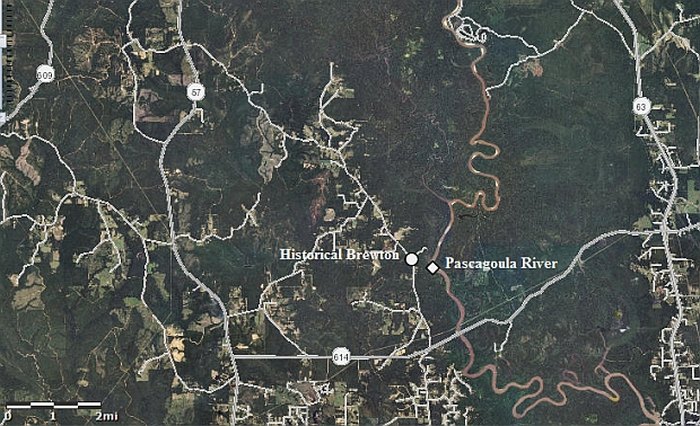

7. Gainesville


8. Holmesville

Are you going to make a trip to one of these ghost towns in Mississippi, or do you know of any other ghost towns in the state? Be sure to share your thoughts in the comments section below! Read about more spooky ghost towns in Mississippi! And if you’re ready for a Mississippi road trips, don’t forget the snacks!
OnlyInYourState may earn compensation through affiliate links in this article. As an Amazon Associate, we earn from qualifying purchases.
More to Explore
Ghost Towns in Mississippi
What happened in Rodney, Mississippi?
Rodney, Mississippi, harbors a spooky aura rooted in its rich and tumultuous history, especially during the Civil War. A notable eerie tale involves the USS Rattler, a Union gunboat, and the Rodney Presbyterian Church. While Union sailors attended a service, Confederate forces captured them. A tense standoff ensued, with the Rattler firing a cannonball into the church, the remnants of which still exist today, adding to the town's haunted reputation. This near-ghost town's abandoned structures and silent streets further amplify its eerie atmosphere, with various unsubstantiated ghost stories and tales of paranormal activity circulating among visitors and enthusiasts.
Are there any ghost towns in Mississippi?
Like many states, there are several ghost towns in Mississippi, abandoned or semi-abandoned towns that have declined substantially in population. These towns often have remnants of buildings, structures, or other physical evidence of their once-active status. Here are a few examples:
- Rodney: Rodney was once a bustling town and was nearly the capital of Mississippi. It's known for its historic buildings, including the Rodney Presbyterian Church, with a cannonball from the Civil War lodged in its facade.
- West Point: This town was once a thriving community due to its location along the Tennessee-Tombigbee Waterway. However, when the waterway's route was altered, the town was left isolated and began to decline.
- Bankston: Once known for its cotton mills and as a producer of snuff, Bankston is now largely abandoned, with a few structures and a cemetery as reminders of its past.
- Nitta Yuma: This town has a rich history and a few remaining historic buildings, including the Nitta Yuma Historic District, but it has experienced a significant decline from its peak.
- Rocky Springs: This town declined due to yellow fever, poor land management, and the Civil War. The Rocky Springs Methodist Church, the town's cemetery, and some remnants of former structures are what mainly remain.
- Wahalak: Once a thriving lumber town, Wahalak declined after the depletion of the local timber resources and is now considered a ghost town.
- Morgantown: Once a prosperous port town, Morgantown faced decline after the Mississippi River changed course. Some structures and a cemetery are what primarily remain of the town.
Ghost towns often have fascinating histories and can be interesting to explore, but always ensure that you respect private property and adhere to local laws and guidelines when visiting such locations.


